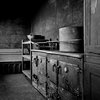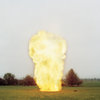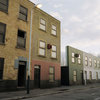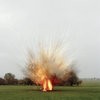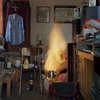Review: Explosions, Fires, and Public Order by Sarah Pickering
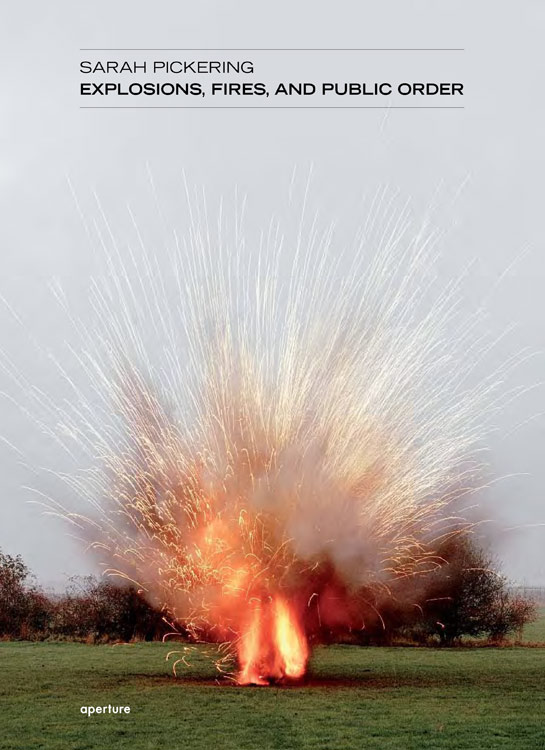
It’s very tempting to see Sarah Pickering’s Explosions, Fires and Public Order as some sort of artistic commentary on our Age of Terror. I personally am not sure, however, whether connecting the work to “global terrorism matched with omnipresent anxiety” (quoted from the press release) is such a good thing to do. It strikes me as maybe a bit too sensationalist, while at the same time vastly reducing possible ways to approach the photographs. So it might be better to turn the volume a bit down. Explosions, Fires and Public Order is about just, well, explosions, fires, and public order. And there is absolutely nothing wrong with that. (more)
The images of explosions are probably most well-known (I had to sit on my own hands for about half an hour to avoid using corny explosion related puns). They are controlled explosions, mostly, if I remember correctly, of the kinds of devices our own military likes to use. Just like the fires, these explosions basically are simulations, where what you want to study is actually being performed: A land mine is blown so that people will learn what it sounds and looks and feels like. Likewise, if a house burns down and experts want to find out what happened, they use the results of controlled experiments, where houses are set on fire on purpose. For example, a grease fire will ultimately look a little different than a fire that started from someone’s cigarette (if you are curious why this matters read this article).
It is due to the power of Pickering’s photography that the photographs of simulated explosions and fires shown in Explosions, Fires and Public Order still are visually arresting. Maybe it’s because while they’re simulations, they are real. Maybe it’s simply because of the way our brain processes seeing these kinds of events.
If you ignore the terrorism route, the book still allows for many different interpretations of what our public order rests on. Even in the absence of terrorism, this is a topic worth pondering - adding terrorism to the mix only provides another extreme. And lest we forget, there are many people on this planet who live with the constant threat of the kinds of explosions shown in the book. Or people who do not enjoy the kind of public order that we take for granted. While those people might live in vastly different societies, the explosions that are part of their daily lives look just like the ones shown in Explosions, Fires and Public Order - in part because our own arms makers are happy to export their merchandise all across the globe.
Explosions, Fires and Public Order is thus a book that will allow a multi-faceted view of our modern world and its fragility. Recommended.
Explosions, Fires and Public Order, photographs by Sarah Pickering, essay by Karen Irvine, 120 pages, Aperture, 2010
